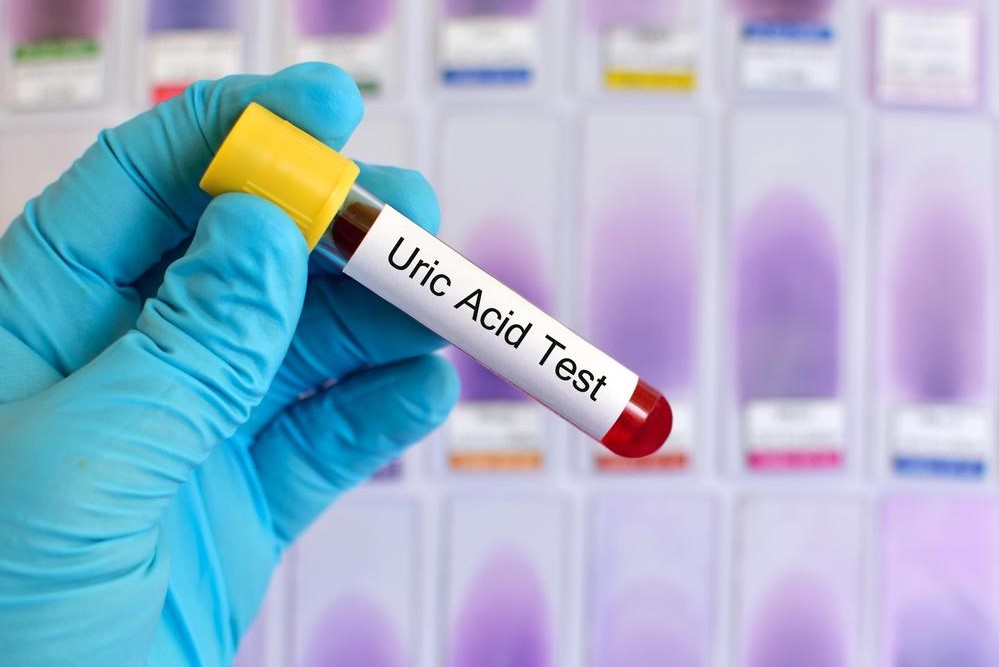Gout Exams, Tests, and Diagnosis
Gout is often confused with other conditions, due to similarities in many of the symptoms (i.e., joint pain and inflammation). However, if you think you may have gout, you can expect your doctor to ask you a series of common questions during your initial appointment.
With that in mind, here’s the information that you should be prepared to bring along to your medical appointment:
- The family history of gout: Do you or have you had a parent, sibling, or immediate relative with gout
- Symptoms:

What are they, when did they start, and how often do they appear? Triggers: Have you identified what triggers your symptoms (i.e., illness, stress, diet)? Current health: —Do you have any existing medical conditions, and what medications are you taking to treat them? Diet: What and how much do you eat and drink (i.e., alcohol) in a day/week? Do you take any vitamins, supplements, or over-the-counter medications (i.e., aspirin)?
If your general physician expects that you may have gout, he or she will likely refer you to a rheumatologist or an arthritis specialist. That specialist will likely complete one or a few of the following gout tests in order to rule out gout or determine a proper diagnosis:
- Blood test
Although blood tests can often reveal high uric acid levels in patients who’ve never had a gout attack, and vice versa, doctors will still often issue a blood analysis to check for unusual levels of uric acid and creatine in the bloodstream. - X-ray
Doctors often request X-ray imaging to check for the cause of joint inflammation. - Dual-energy CT scan
A dual energy CT scan is used only when a doctor suspects gout, but the patient is not experiencing inflammation. This imaging test observes the presence of urate crystals in a joint. - Ultrasound
This imaging technique is more widely used in Europe, than the U.S., and looks for urate crystals in a joint. - Joint fluid test
This gout test extracts fluid from a suspect joint via a needle and examines the fluid for the presence of urate crystals.
Disclaimer:
The content of the articles discussing symptoms, treatments, health conditions, and side effects is solely intended for informational purposes. It is imperative that readers do not interpret the information provided on the website as professional advice. Readers are requested to use their discretion and refrain from treating the suggestions or opinions provided by the writers and editors as medical advice. It is important to seek the help of licensed and expert healthcare professionals when necessary.















